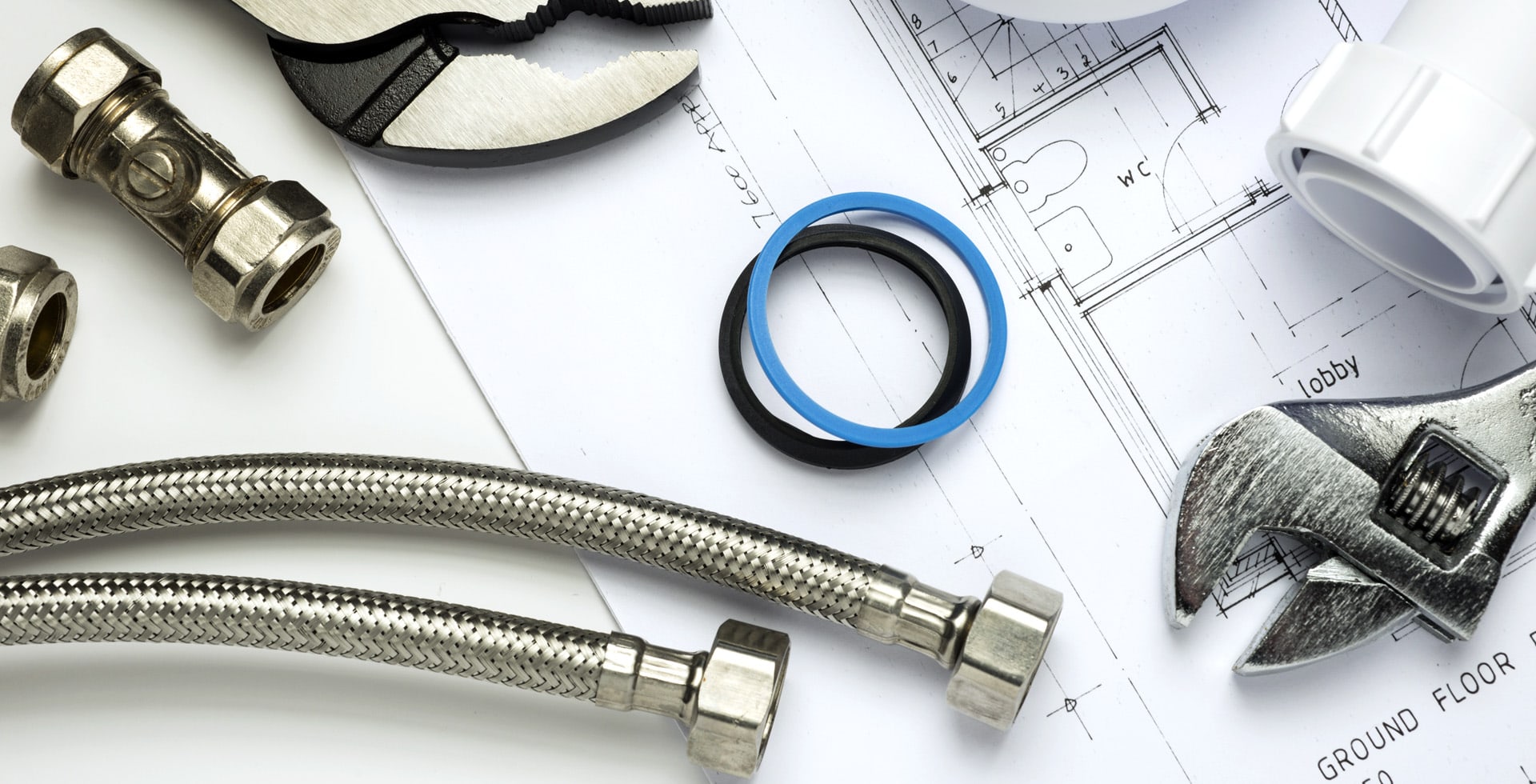“`html
How to Remove Moss and Algae From Your Roof Safely
Moss and algae can accumulate on your roof over time, leading to potential damage and reduced aesthetic appeal. Understanding how to safely remove these growths is essential for maintaining your roof’s integrity. This guide will provide you with effective methods and tips to remove moss and algae from your roof safely.
Understanding Moss and Algae Growth
Moss and algae thrive in damp, shaded areas and can grow quickly under the right conditions. They can hold moisture against your roof, which may lead to rot, leaks, and even structural damage. Regular maintenance can prevent these issues and keep your roof looking its best.
Signs of Moss and Algae
Identifying moss and algae on your roof is the first step in remediation. Look for the following signs:
- Green or black streaks on shingles
- Soft, spongy growths on roof surfaces
- Water stains on the interior ceilings
- Clogged gutters due to organic debris
Safety Precautions Before Getting Started
Safety should always be your priority when working on a roof. Consider the following precautions:
- Wear appropriate safety gear, including gloves and non-slip footwear.
- Use a sturdy ladder to access your roof safely.
- Consider using a harness if your roof has a steep incline.
- Ensure the weather is clear to prevent slipping on wet surfaces.
Methods for Removing Moss and Algae
1. Manual Removal
Manual removal is one of the safest methods to eliminate moss and algae. Follow these steps:
- Gently scrape away the moss and algae with a roof scraper or hard-bristle brush.
- Start at the peak of the roof and work downwards to prevent lifting shingles.
- Collect the debris in a bucket or tarp to avoid clogging gutters.
2. Using a Pressure Washer
A pressure washer can be effective but should be used with caution:
- Set the pressure washer to a low setting (around 1500 psi).
- Hold the nozzle at least 3 feet away from the surface to prevent damage.
- Move the nozzle in a downward motion, following the roof slope.
- Do not use a high-pressure setting, as it can lift shingles and cause leaks.
3. Chemical Solutions
Sometimes, a chemical solution may be necessary. Use repellents and cleaning agents specifically designed for roofs:
- Choose a product that is safe for your roof type.
- Apply according to the manufacturer’s instructions, usually with a garden sprayer.
- Allow the solution to sit for the recommended time to kill the moss and algae.
- Rinse thoroughly with water to remove all chemical residues.
4. Homemade Solutions
If you prefer a DIY approach, consider these homemade solutions:
- Mix equal parts of water and white vinegar or bleach.
- Apply with a garden sprayer, ensuring it doesn’t come into contact with plants.
- Let it sit for 15-20 minutes before scrubbing and rinsing.
Preventative Measures
Removing moss and algae is important, but prevention can save you time and effort in the future. Here are some preventative measures:
- Trim overhanging branches to increase sunlight exposure.
- Maintain gutters and downspouts to ensure water flows freely.
- Install zinc or copper strips under the roofing material to inhibit growth.
- Regularly clean your roof at least once a year.
When to Seek Professional Help
If the growth is extensive or your roof requires repairs, it may be wise to consult a professional. Signs that you should seek help include:
- Extensive algae or moss covering the entire roof.
- Visible damage to shingles or the roof structure.
- Inability to safely access the roof.
Conclusion
Keeping your roof free from moss and algae is vital for its longevity and functionality. By following the methods outlined above, you can effectively and safely eliminate unwanted growths. Regular maintenance and preventative measures will ensure that your roof remains healthy and visually appealing. Remember, if the task seems overwhelming or dangerous, don’t hesitate to reach out to a professional for assistance.
“`

